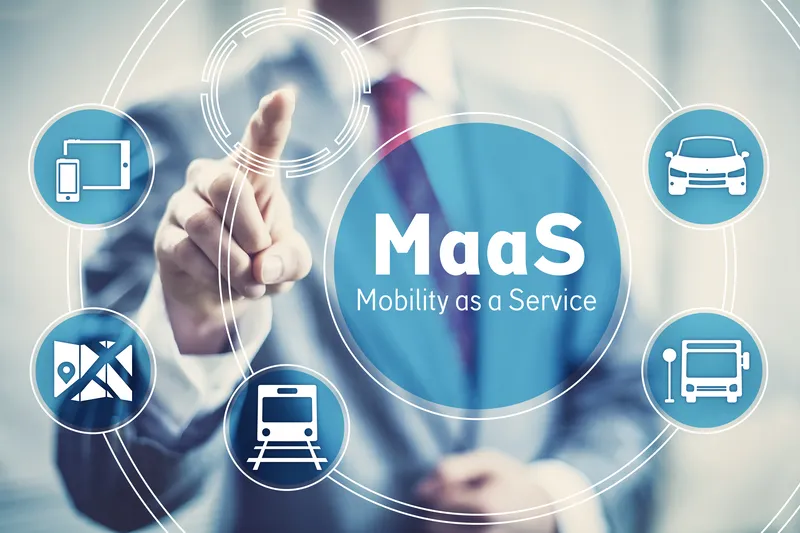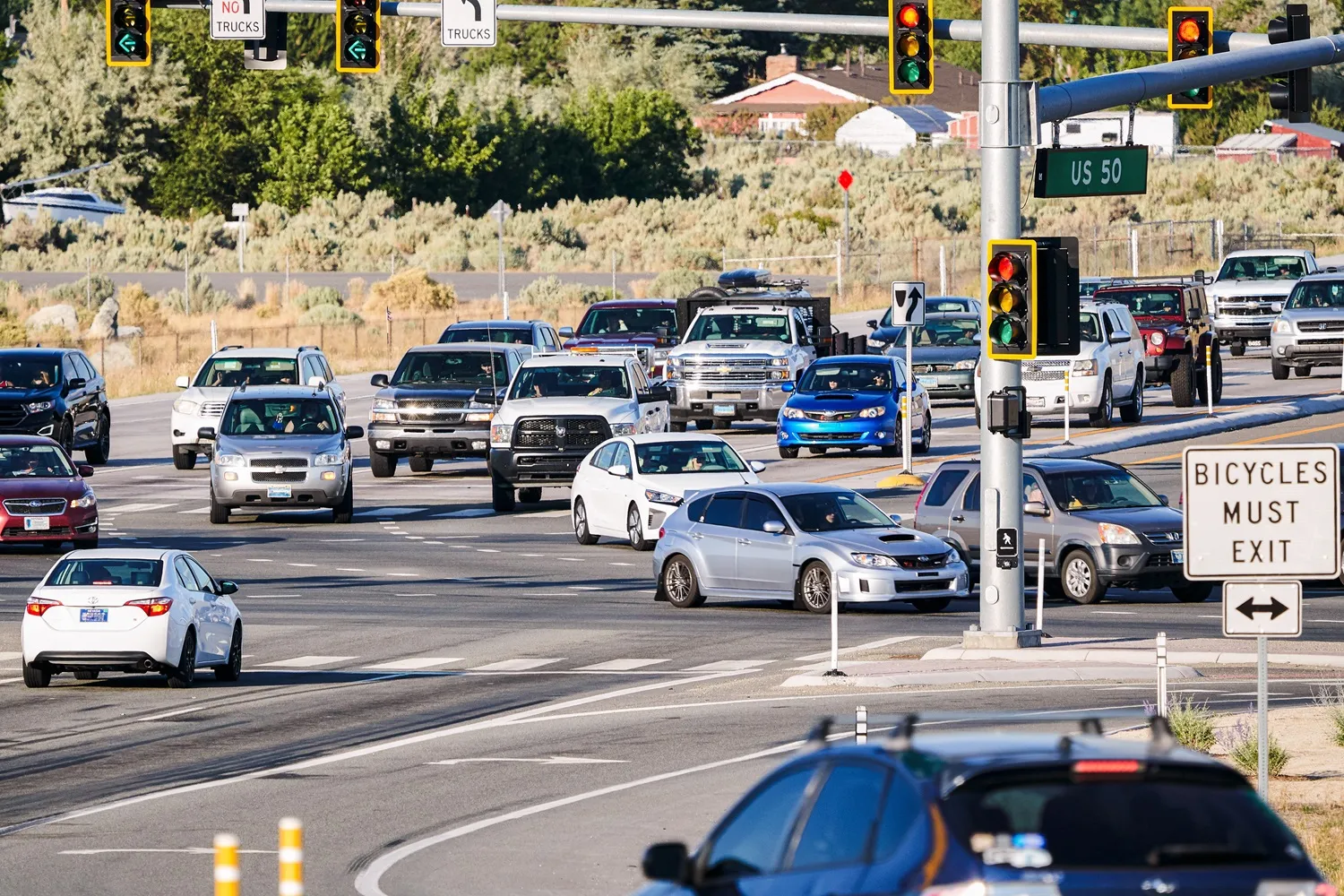Trafficware has released version 2.4 of its central traffic management system ATMS.now, an advanced traffic management system (ATMS) used by many state and local Departments of Transportation around the US to provide adaptive signal technology, emergency vehicle prioritisation and vehicle to infrastructure integration.
June 7, 2016
Read time: 1 min

Additional capabilities in the latest release include: Enhancements to both Google and Bing maps editor screens; a new reporting engine to optimise report generation; centralised control of documents to be delivered to ATMS users; performance improvements to increase response times in key areas; and refinements to the user interface.









